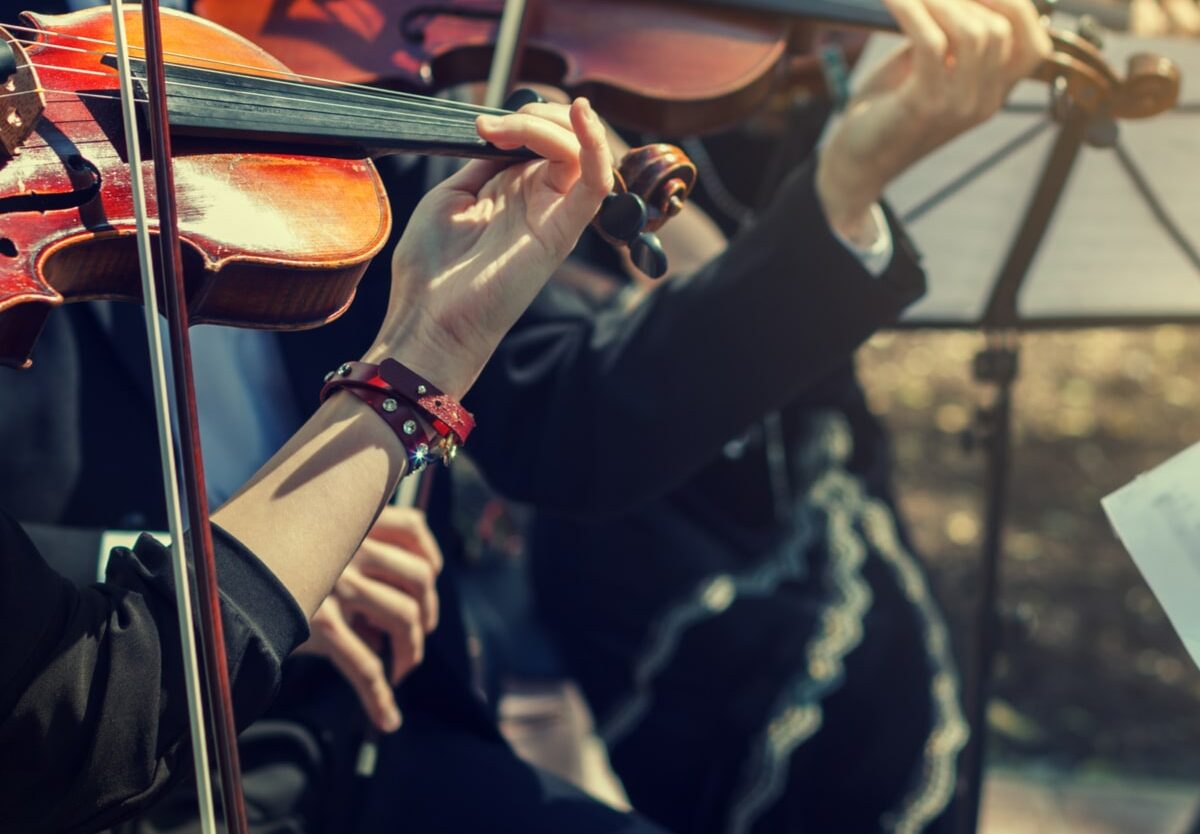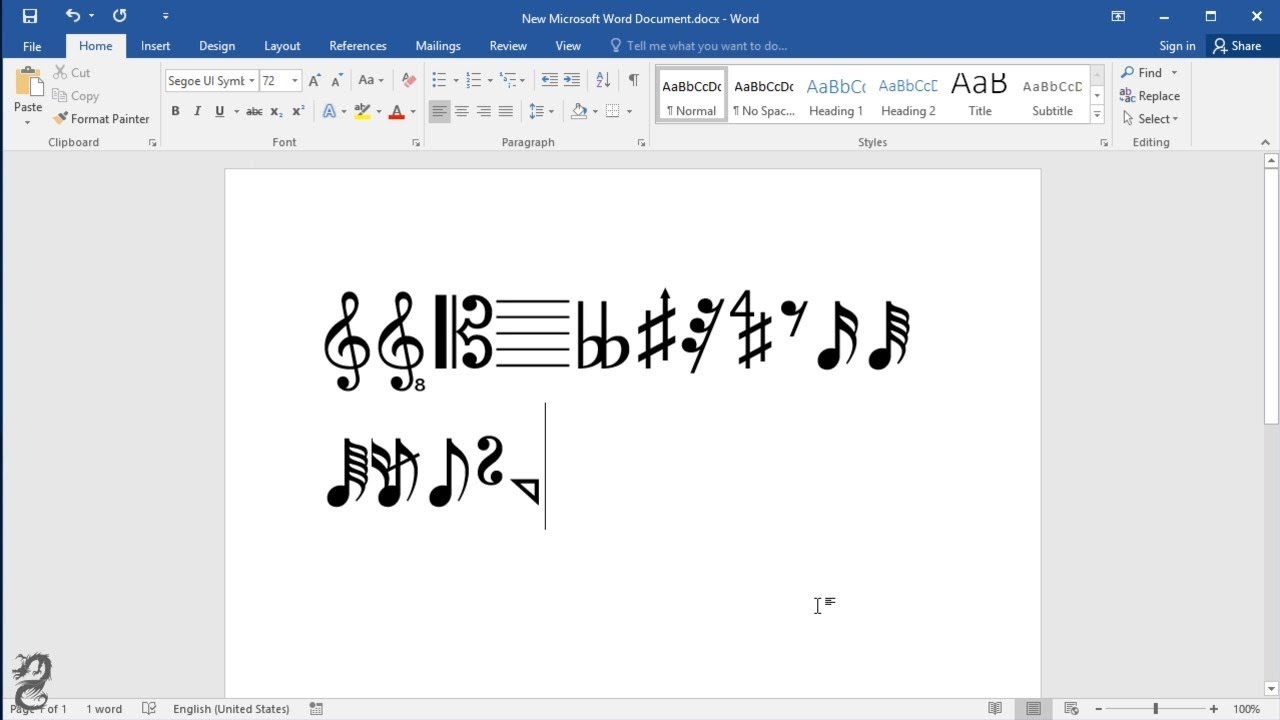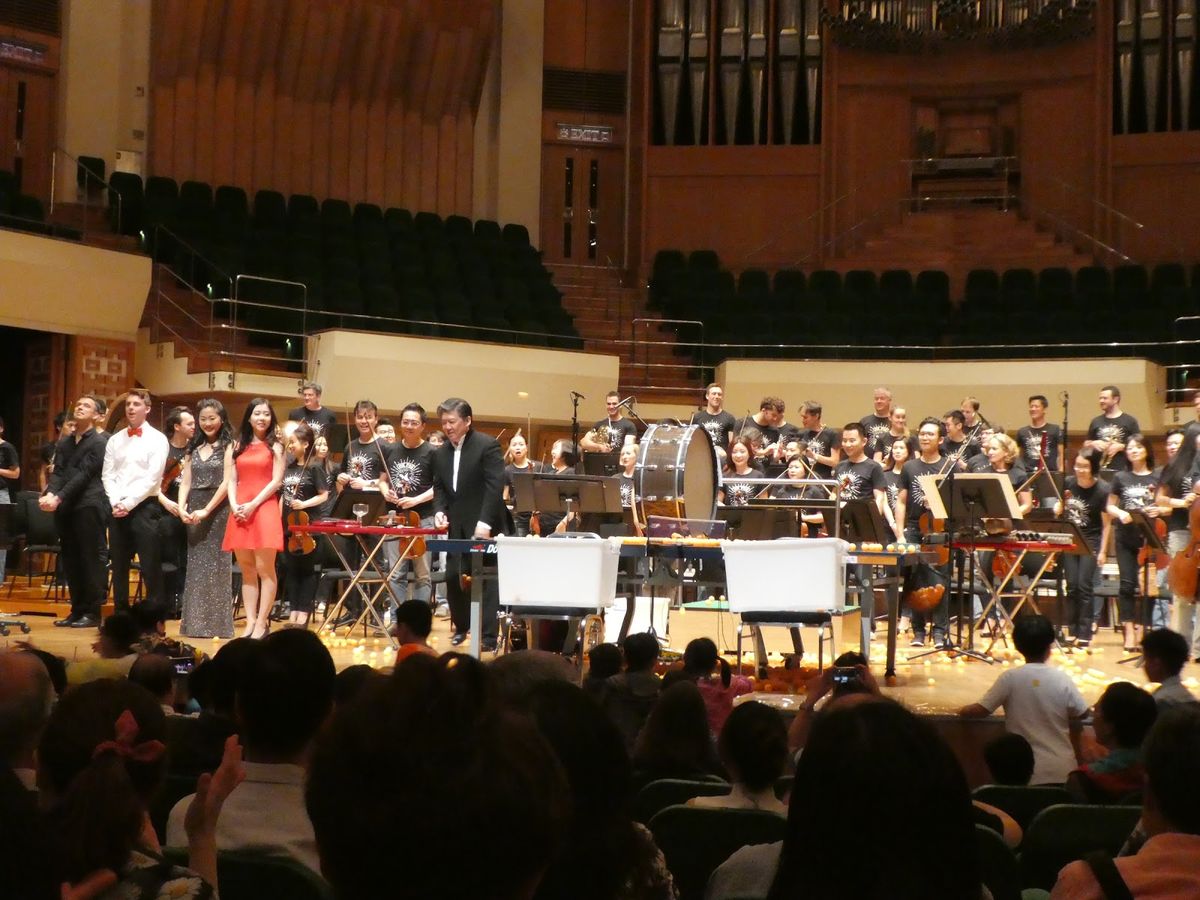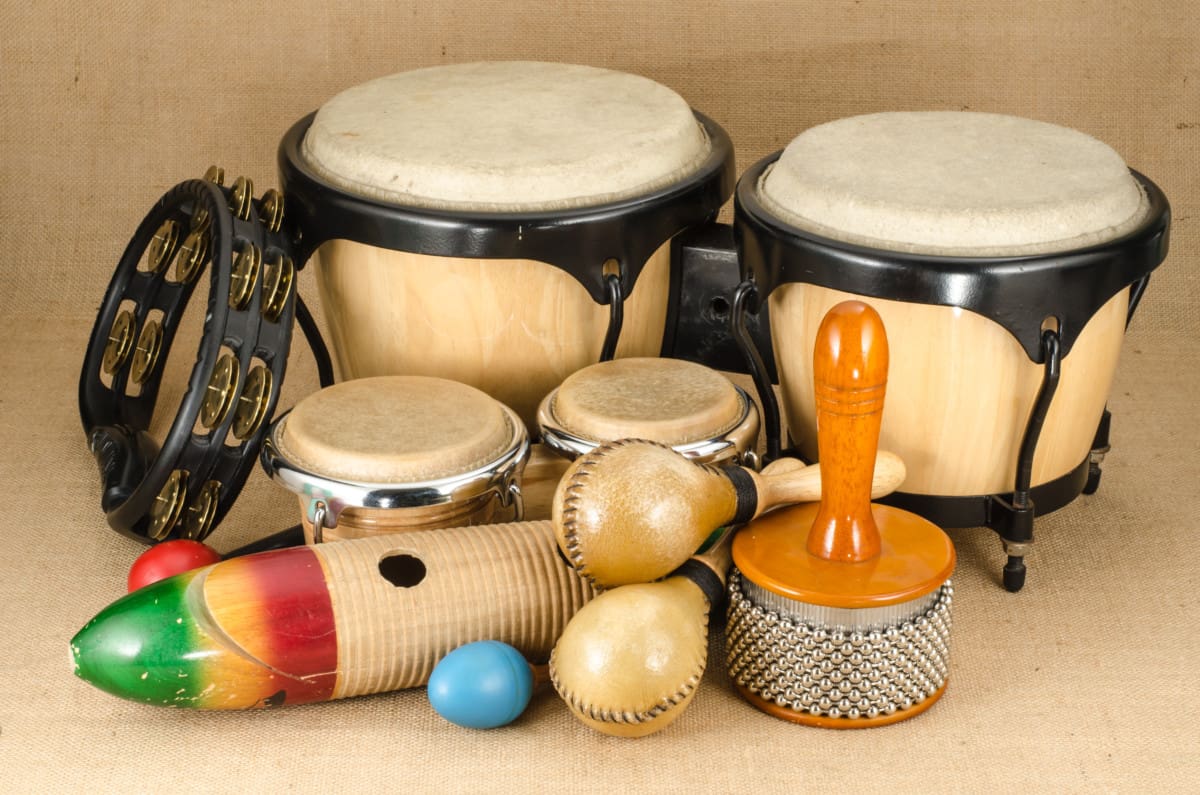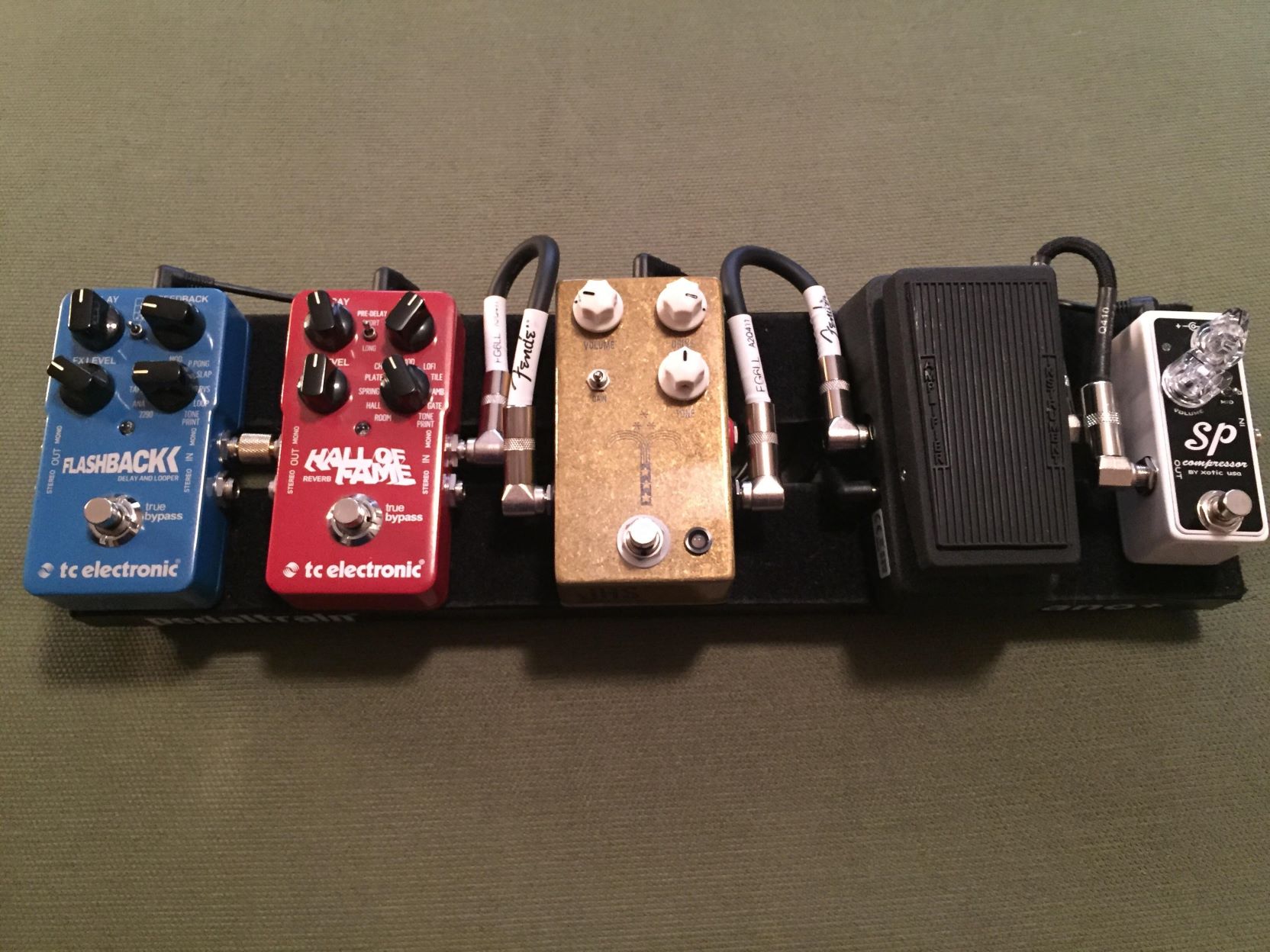Home>Genres>Classical>What Are The 4 Types Of Classical Music


Classical
What Are The 4 Types Of Classical Music
Modified: February 24, 2024
Discover the 4 types of classical music and explore the rich history and diverse styles of this timeless genre. Immerse yourself in the world of classical compositions and unravel the beauty of classical music.
(Many of the links in this article redirect to a specific reviewed product. Your purchase of these products through affiliate links helps to generate commission for AudioLover.com, at no extra cost. Learn more)
Introduction
Classical music, with its rich history and timeless beauty, holds a significant place in the world of music. It is a genre that has captivated generations with its melodic intricacy, emotional depth, and technical brilliance. From symphonies to concertos, sonatas to operas, classical music encompasses a wide range of musical forms and styles.
What sets classical music apart is its adherence to specific structures and conventions, often based on established musical forms. These forms, or types, provide a framework for composers to create their masterpieces. Understanding the different types of classical music can deepen your appreciation for the genre and open up a world of musical exploration.
In this article, we will explore the four main types of classical music: symphony, concerto, sonata, and opera. Each type has its own distinct characteristics and represents a unique artistic expression within the classical music tradition.
Whether you’re a music enthusiast, a musician, or simply curious about classical music, this journey through its various types will give you a deeper understanding of the genre and its rich heritage.
Type 1: Symphony
The symphony is one of the most renowned and iconic forms of classical music. It is a large-scale composition typically consisting of four movements. This type of classical music is known for its orchestral arrangements, showcasing the diverse sounds and capabilities of different instruments.
The first movement of a symphony is usually in sonata form, characterized by an exposition, development, and recapitulation. It introduces the main themes and melodies that will be further explored and developed throughout the piece. The second movement is typically a slow, lyrical section that contrasts with the energy of the first movement. The third movement is often a minuet or scherzo, featuring a faster-paced, lively rhythm. Lastly, the fourth movement is a thrilling and grand finale, filled with energy and showcasing the virtuosity of the orchestra.
Composers like Ludwig van Beethoven, Wolfgang Amadeus Mozart, and Franz Joseph Haydn are famous for their symphonies. Beethoven’s Symphony No. 5, with its iconic opening motif, is a prime example of the power and emotion that can be conveyed through this type of classical music.
When listening to a symphony, pay attention to the interplay between the different sections of the orchestra, the development and variation of themes, and the overall structure of the piece. It is a musical journey that takes you through a range of emotions and highlights the brilliance of orchestration.
Overall, the symphony is a majestic and grand type of classical music, showcasing the depth of composition and the sheer beauty of orchestral arrangements. It is a testament to the skill and creativity of the composers who have enriched the classical music repertoire with their magnificent symphonies.
Type 2: Concerto
The concerto is a captivating type of classical music that features a solo instrument or group of instruments accompanied by an orchestra. It provides a platform for virtuosic performances and allows the soloist to showcase their technical prowess and musicality.
A concerto typically consists of three movements: fast, slow, and fast. The first movement, often in sonata form, introduces the main themes and allows the soloist to demonstrate their technical skill. The second movement is usually slower and more reflective, providing a contrast to the intensity of the first movement. The final movement is a fast and energetic showcase of the soloist’s abilities, often concluding the piece with a flourish.
Composers like Johann Sebastian Bach, Wolfgang Amadeus Mozart, and Ludwig van Beethoven have left a lasting legacy with their concertos. For example, Mozart’s Piano Concerto No. 21 is renowned for its melodic beauty and exquisite piano passages.
When listening to a concerto, pay attention to the interplay between the soloist and the orchestra. Notice how the soloist seamlessly weaves their melodies in and out of the orchestral accompaniment. The dialogue between the soloist and the orchestra creates a dynamic and engaging musical experience.
Concertos are not only a treat for the ears but also a visual spectacle. Watching a soloist perform live, witnessing their technical prowess and expressive gestures, adds an extra layer of excitement to the performance.
The concerto is a captivating type of classical music that celebrates the individual talent of the soloist while creating a harmonious partnership with the accompanying orchestra. Its combination of virtuosity, expressiveness, and collaborative spirit makes it a beloved genre in the classical music repertoire.
Type 3: Sonata
The sonata is a versatile and influential type of classical music that encompasses a wide range of compositions. It is a musical form that can be written for solo instruments or small ensembles and is known for its structured and multi-movement nature.
A typical sonata consists of three movements: fast, slow, and fast. The first movement is usually in sonata form, characterized by contrast between two key themes presented in the exposition, their development and transformation in the development section, and their reappearance and resolution in the recapitulation. The second movement is often a lyrical and introspective section, providing a moment of reflection and emotional depth. The third movement is usually a lively and energetic finale that brings the piece to a thrilling close.
Sonatas have been composed for a variety of instruments, including piano, violin, cello, and flute, among others. Notable composers who have contributed to the sonata repertoire include Ludwig van Beethoven, Franz Schubert, and Wolfgang Amadeus Mozart. Beethoven’s Piano Sonata No. 14 in C-sharp minor, commonly known as the “Moonlight Sonata,” is one of the most famous and beloved sonatas in classical music.
Listening to a sonata allows you to appreciate the intricate interplay of melodies, harmonies, and rhythms. The contrasting moods and themes within each movement create a sense of tension and resolution, taking the listener on a captivating musical journey.
Whether you’re enjoying a solo sonata or a chamber sonata, the intimacy and depth of expression make this type of classical music a true gem in the repertoire. From its elegant melodies to its complex structures, the sonata showcases the ingenuity and creativity of composers throughout history.
Type 4: Opera
Opera, a truly unique and captivating type of classical music, combines the power of music, drama, and visual spectacle to create a mesmerizing theatrical experience. It is a genre that brings together singing, acting, and orchestral accompaniment to tell stories and evoke deep emotions.
An opera typically consists of multiple acts, with each act containing a series of scenes. The music is written to enhance the plot and convey the emotions of the characters. The libretto, or the text of the opera, is usually sung in a language such as Italian, German, or French, and is often accompanied by subtitles to aid understanding.
Opera includes a wide range of vocal styles, from lyrical arias to powerful ensemble pieces. The performers, known as opera singers or vocalists, are trained to convey emotions through their vocal abilities, acting, and stage presence. The collaboration between singers, orchestra, and stage performers brings the story to life in a truly immersive and engaging way.
Composers like Giuseppe Verdi, Wolfgang Amadeus Mozart, and Richard Wagner have left an indelible mark on the opera repertoire with their masterpieces. Works like Verdi’s “La Traviata,” Mozart’s “The Marriage of Figaro,” and Wagner’s “Tristan und Isolde” showcase the beauty, drama, and complexity of the operatic art form.
Watching an opera performance is a sensory experience like no other. The grandeur of the stage sets, the costumes, and the emotional performances of the singers combine to transport the audience into a different world. Whether it’s a tragic love story, a historical drama, or a comedic tale, opera has the power to captivate and stir the emotions of those who experience it.
Opera is a testament to the power of music and storytelling. It is a type of classical music that immerses the audience in a world of drama, passion, and beauty. From the soaring vocal melodies to the intricate orchestral arrangements, opera is a true spectacle that continues to enthrall audiences around the world.
Conclusion
Classical music is a genre that encompasses a vast array of types and forms, each with its own unique characteristics and artistic expression. Whether it’s the symphony, concerto, sonata, or opera, classical music offers a rich and diverse musical landscape to explore.
By understanding the different types of classical music, you can deepen your appreciation for the genre and gain a greater insight into the creativity and craftsmanship of composers throughout history.
Each type of classical music has its own distinct structure, instrumentation, and stylistic elements. The symphony showcases the power and grandeur of the orchestra, while the concerto highlights the virtuosity of the soloist. The sonata, with its refined melodies and intricate structures, invites us into a world of introspection and emotion. And the opera, with its fusion of music, drama, and visual spectacle, provides a truly immersive and captivating experience.
Whether you are attending a live performance, listening to recordings, or exploring the vast classical music repertoire, take the time to appreciate the beauty, complexity, and emotional depth that each type of classical music offers.
Classical music has stood the test of time, continuing to inspire and move audiences today. It is a genre that speaks to the universal human experience, conveying a range of emotions and narratives that transcend time and culture.
So, dive into the world of classical music, explore its various types, and let the melodies, harmonies, and stories transport you to new realms of artistic wonder.

